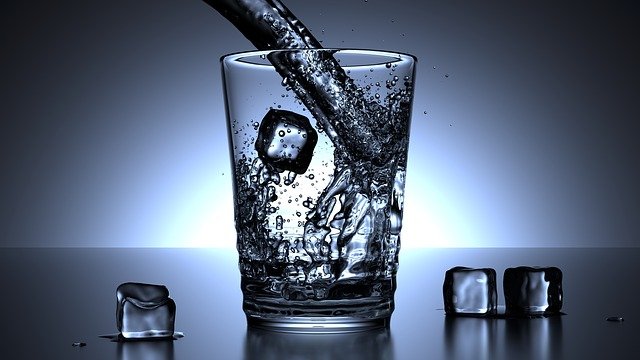
People drink and use water every day. But do you ever wonder what happens to your wastewater? In many cases, it is treated and released back into the environment. Here is a look at the treatment process for water.
Wastewater Enters the Treatment Plant
Water carries many things as it enters a treatment plant, including rocks, garbage, bottles, weeds or other relatively large items. Screens are arranged so that they can catch these types of things so they can be removed from the water.
Air and Gravity Are Used
Gravity is used to help sand and other heavy particles to settle out of the water as it moves through the process. Air is also introduced into the water to help release gases and help the smaller particles settle.
Sludge Is Removed
The organic matter is broken down by the air into sludge. The next step is sludge dewatering, where the sludge is separated from the water to help reduce the weight and solidify the waste so it can be removed more easily. Special equipment can speed up the process of removing water and thickening the solids. The solids may eventually be sent to landfills or used as fertilizer.
Water Is Treated
Water in treatment plants can be treated to remove harmful contaminants such as phosphorus and bacteria. This is often done with chlorine. After the chlorine has killed the bacteria it may have to be treated with other additives to reduce the chlorine to acceptable levels.
The Environmental Protection Agency has strict guidelines that must be adhered to for all water released from treatment plants. This helps to protect both people and their environment. The discharge is usually sent into the ocean or a river.
Next time you hold a glass of clear, clean water, take the time to appreciate the work that goes into keeping our water clean.